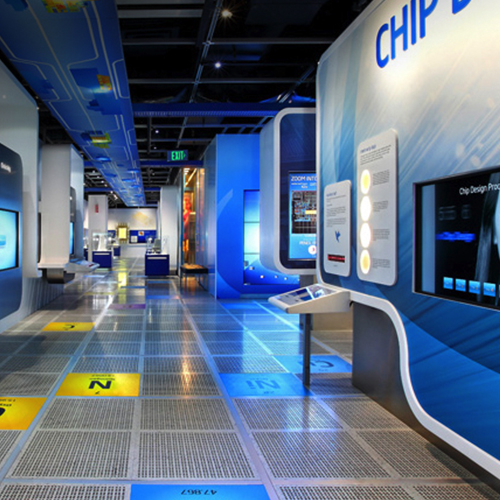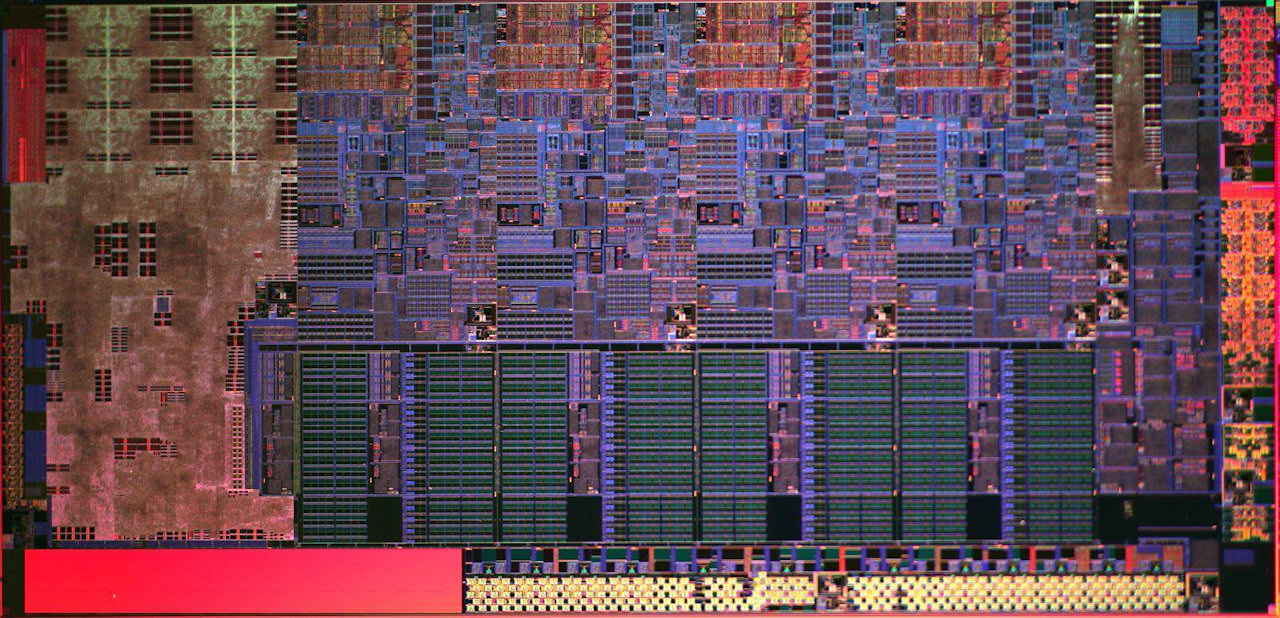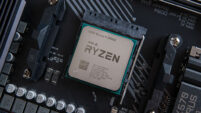
Intel is a company renowned for making semiconductor chips or CPUs. These chips are basically a set of interconnected electronic elements that are attached to a very small piece of semiconducting material. Intel was established in 1968 and is right now the leading semiconductor chip producer in the world. It is so popular that the majority of personal computers have an Intel chip in them.
In the last ten years, Intel has revolutionized the concept of what a processor is and how it performs.
Dual-Core Processor Technology
In the early 2000s, Intel introduced its Dual Core Technology. This technology was an astounding advancement over Single-Core Technology previously used before. The new Dual Core Technology allowed users to multitask and use computers more efficiently than ever. Intel incorporated two execution cores for every physical processor and thus enhanced the CPUs overall performance and speed.

A close up look at CPU core architecture
Quad-Core CPU Technology
As if the Dual Core technology wasn`t enough the next year Intel launched a quad-core processor. They branded this new advancement in pc technology – the Xeon 5300. This CPU had an even greater performance due to four independent units or cores which executed the CPU`s instructions as well as operate in cooperation between each one of the cores. Although it is not proper to say that this four-core processor works twice as fast as the Dual Core technology, it still works in a much faster and efficient way, handling tasks with more threads per core.

Quad-Core Xeon & Core2Duo
In 2007, Intel produced the Intel “Core” 2 and Xeon processors. This processor was made with the 45nm High k metal gate silicon technology. Normally, the processors were made with aluminium but after the silicon process technology was introduced they started making them with polycrystalline silicon. The benefits of using this new material on Intel processors was paramount to advancements in technology and reducing the total power consumption and heat output of previous generations. This Intel Processor was also cost-effective, reliable and provided new technologies. The core2duo variants overclocked like animals.
In 2010, Intel developed its new Nehalem architecture which was an upgrade from the Core Microarchitecture. The Nehalem architecture provided several advantages over the other one which was used in the previous CPU`s. It allowed for a 30% decrease in power consumption with the same performance. It also permitted a 20% increase in single-thread applications and up to a 100% increase on multi-threaded applications or games.
32nm & 22nm Arcitecture
Intel changed its architecture again for its CPUs made in 2011 and 2012. The Ivy Bridge and Sandy Bridge used the 32 nm or 22 nm CPU architecture. These new advancements made it possible that smaller units were developed due to the smaller distance in the array.
Finally, in 2013 Intel announced Haswell their new Processor. The benefits of this new technology are faster single thread, multi-thread and CPU performance.
Intel has always been the leading researcher and producer of PC computer chips going from Single-Core PCs up to four Core processors and soon to be eight, as well as enhancing and improving its architecture for faster and optimal performance for its users in the last 10 years.

